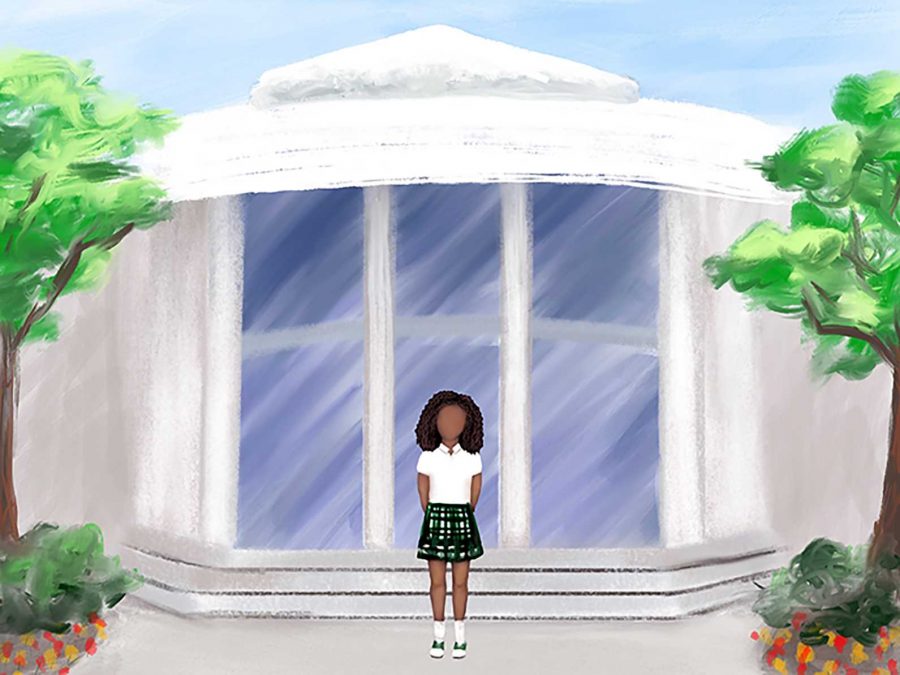Black Friday is known as the Friday after Thanksgiving every year where shoppers can find amazing deals just in time for the holiday season. This is the side of Black Friday we are all familiar with. However, the real story behind Black Friday is a dark one.
Most commonly, we hear this story: stores would be “in the red” or operating at a loss until the day after Thanksgiving when profit “went into the black.” However, this is not exactly where the term originated from.
In fact, the first known use of the term “Black Friday” was for a financial crisis. On Sept. 24, 1869, the U.S. gold market crashed. Jay Gould and Jim Fisk, Wall Street barons, tried to buy as much gold as they could, so they could drive the prices ridiculously high; thus, they could sell the gold for extremely large profits. After their plan unraveled, however, the stock market crashed and everyone in the nation from Wall Street barons to farmers went bankrupt.
The story behind the holiday shopping side of Black Friday stemmed from the 1950s. Police in Philadelphia used “Black Friday” to describe the chaos of the shoppers and tourists that came into the city on the Friday before the Army-Navy football game held the Saturday after Thanksgiving.
In 1962, the term had become commonplace in Philadelphia. Merchants even attempted to change it to “Big Friday” instead; however, that failed. The rest of the nation did not start using the term until the mid 1980s to describe the yearly shopping event.
According to the National Retail Federation, 74.2 million people shopped on Black Friday last year. During the course of the weekend, there were a total of 102 million shoppers, less than the forecasted 135.7 million. Each person spent on average $299.60.
For this holiday shopping season (months of November and December), the NRF projects each shopper to spend $938.58.
– Sonya Xu – News Editor








